Cabinet
Ebonized wood with natural wood marquetry panels and ivory inlay
Circa 1870
H.140 – W.76.5 – D.43.5 cm
In 1872, Hunsinger joined forces with Wagner, who gave a new direction to production. To adapt to the evolution of contemporary tastes and the global interest in the 18th century, they developed a new type of marquetry that became their second specialty: natural wood marquetry. A true innovation, they used exotic wood species and benefited from an extensive color range that avoided the need to stain wood. Stylistically, they remained eclectic and merged neo-Renaissance forms and the strict lines characteristic of the Louis XVI style. The marquetry panels, treated with precision and refinement, become true paintings inspired by the engravings of Théodore de Bry.
RELATED WORKS:
- Hunsinger and Charles Wagner, Cabinet, 1879, carved and blackened linden, marquetry of ebony, walnut, snakewood, beech, pear, rosewood, satinwood, mahogany, hornbeam, sycamore, boxwood, and engraved bone; oak frame; gilt bronze
H. 209.0 ; W. 103.0 ; D. 55.0 cm.
Purchase, 1985
Paris, Musée d'Orsay
© RMN-Grand Palais (Musée d'Orsay) / image RMN-GP
- Engraving by Théodore de Bry, undated
Aurore Janson (Research and writing)
For more information, we invite you to download "the research report"










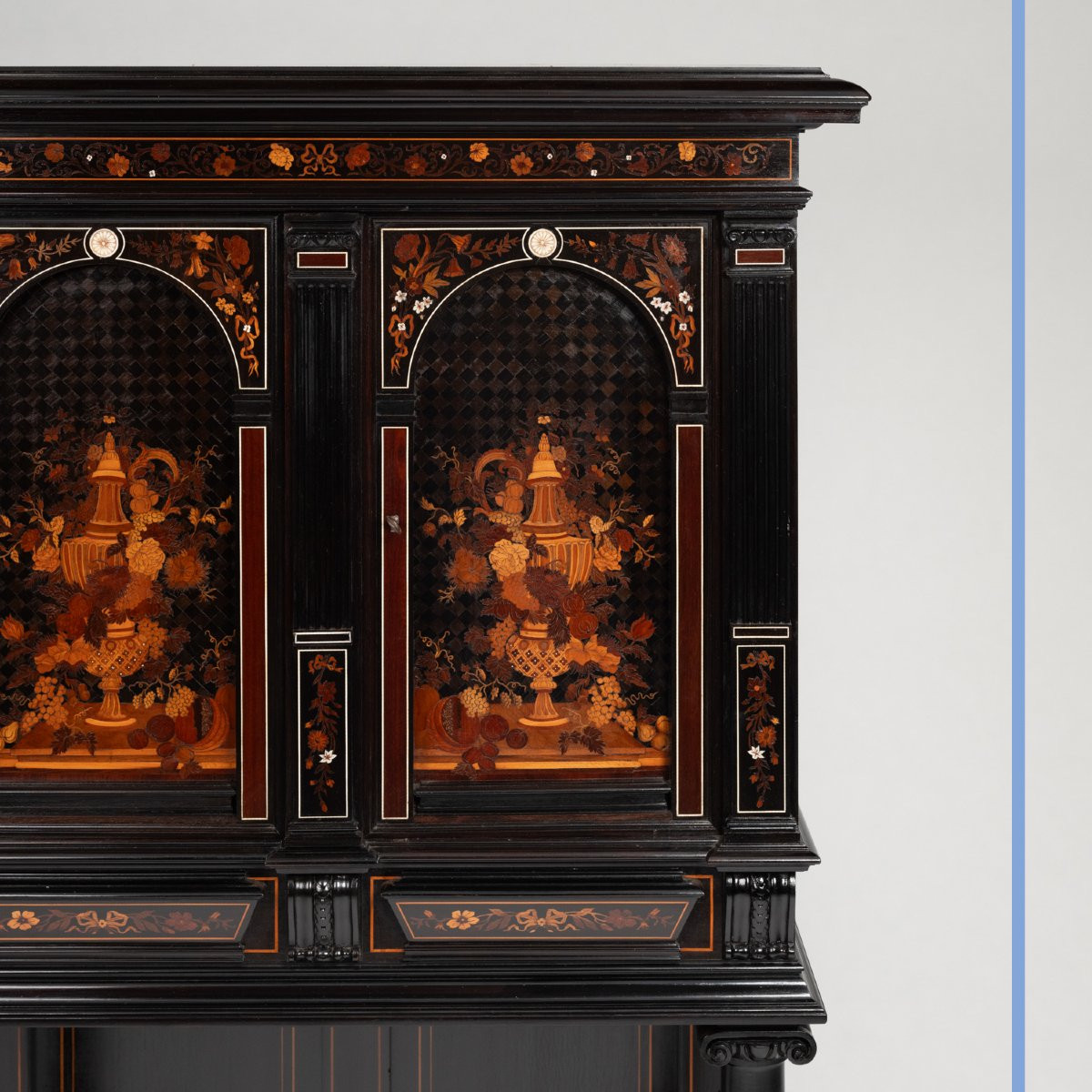
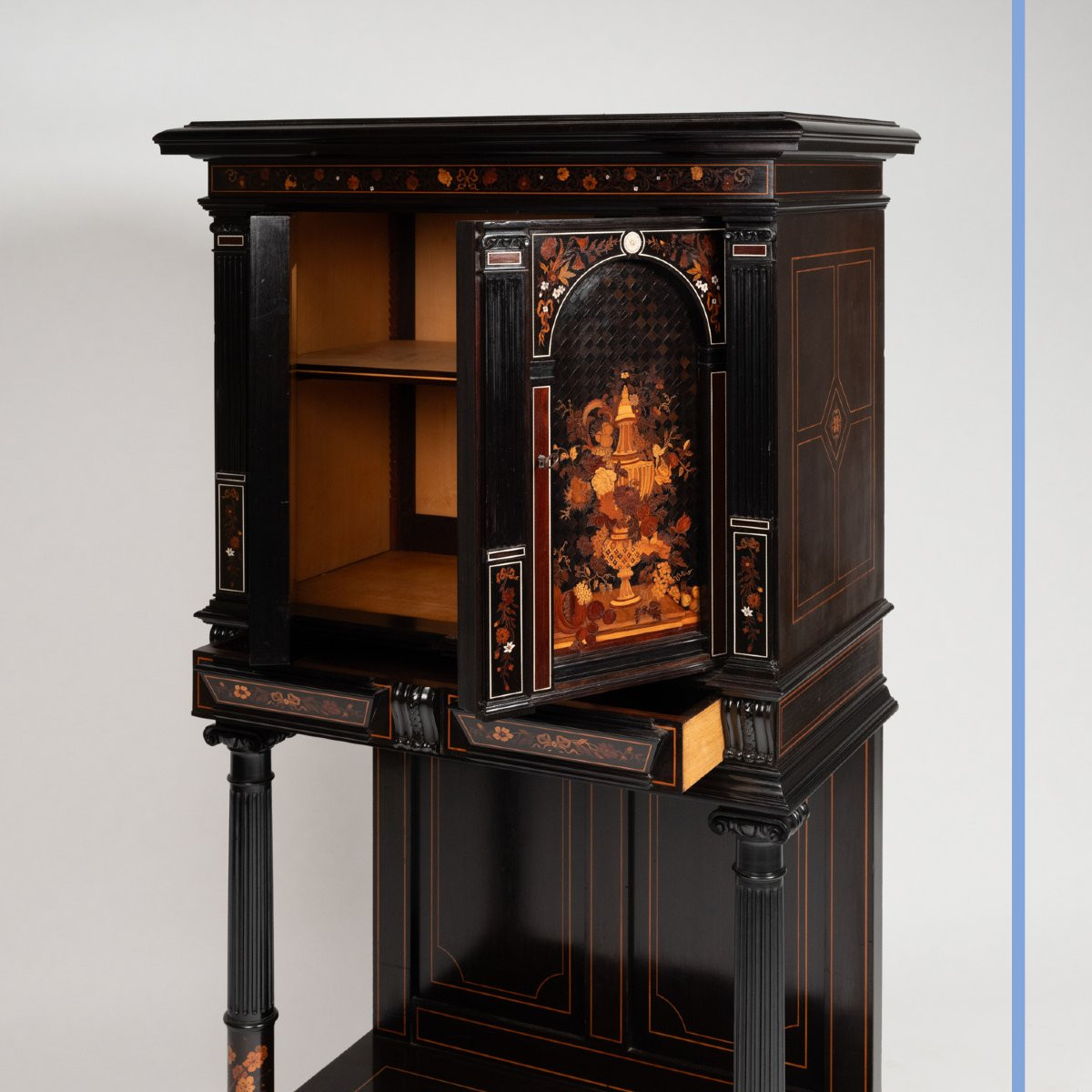
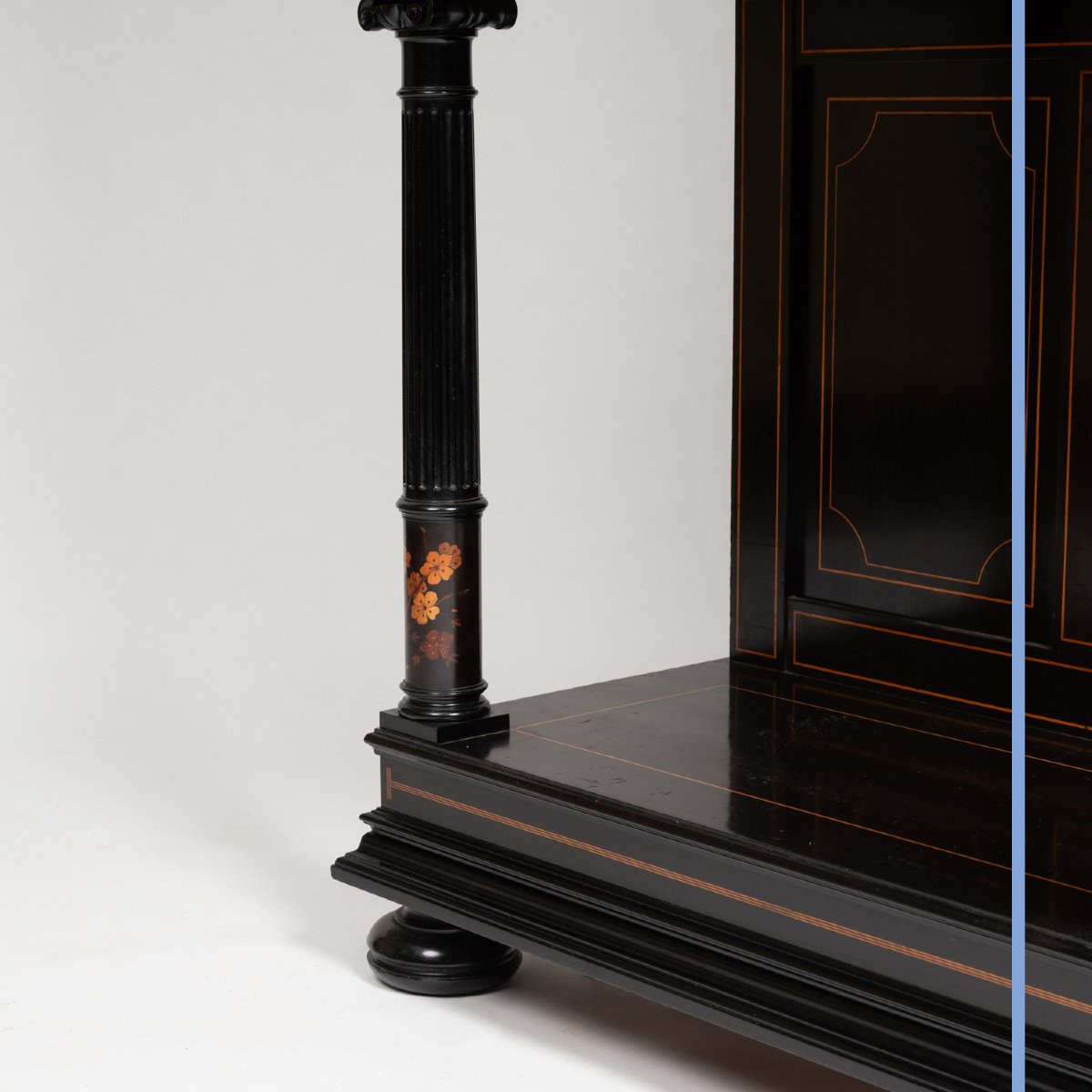
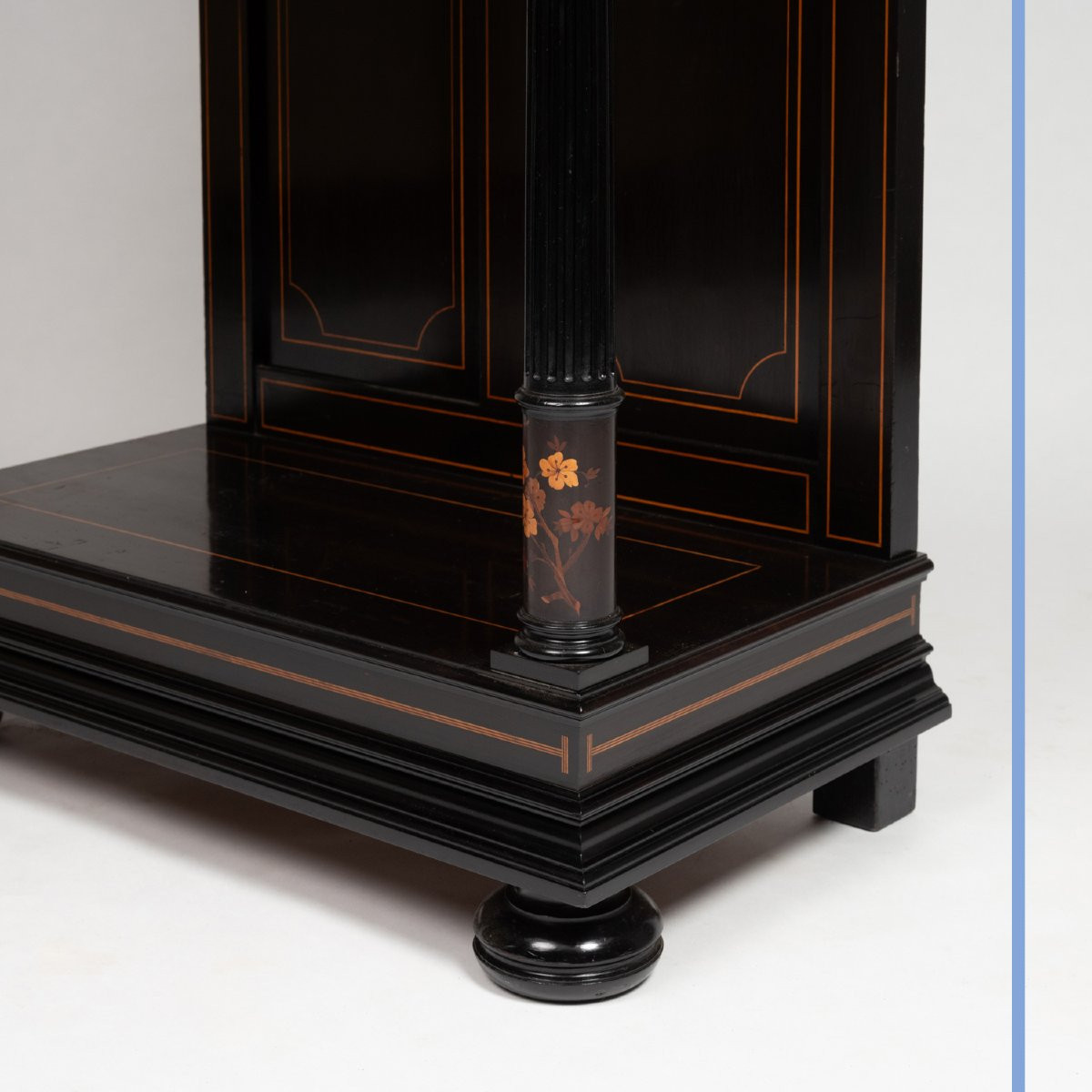
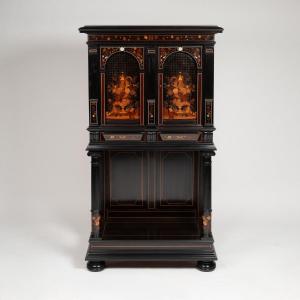













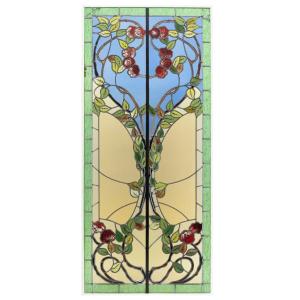

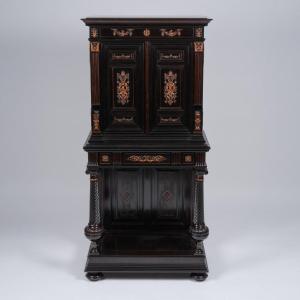




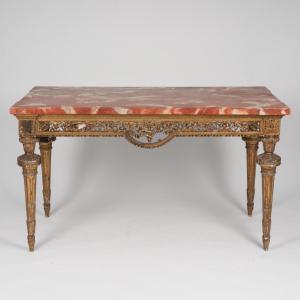
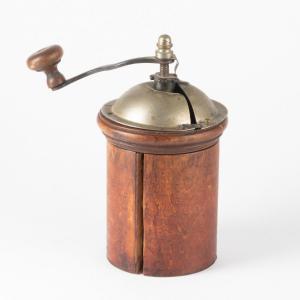
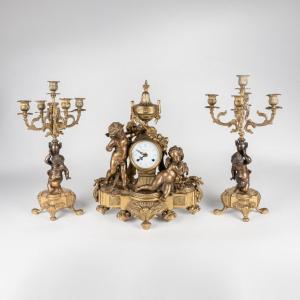


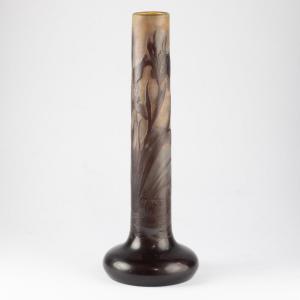

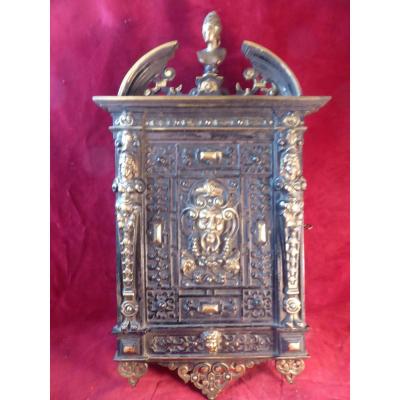
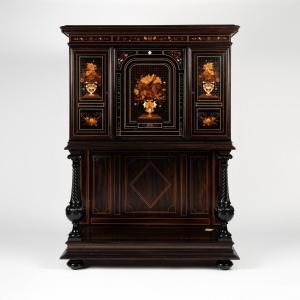

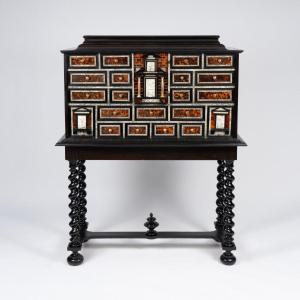
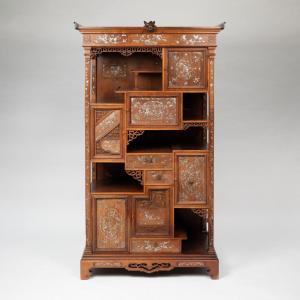



 Le Magazine de PROANTIC
Le Magazine de PROANTIC TRÉSORS Magazine
TRÉSORS Magazine Rivista Artiquariato
Rivista Artiquariato